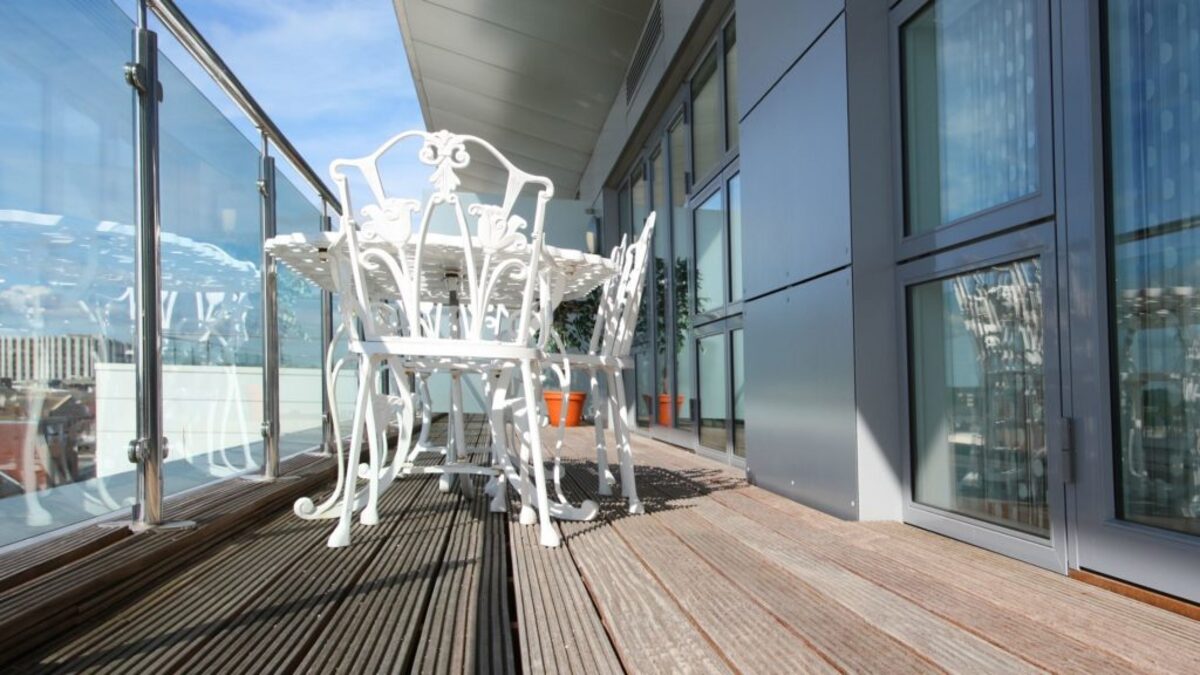

Articles
How Big Should A Balcony Be
Modified: May 6, 2024
Discover the ideal size for a balcony in our comprehensive article. Learn more about balcony dimensions and find tips for maximizing your outdoor space.
(Many of the links in this article redirect to a specific reviewed product. Your purchase of these products through affiliate links helps to generate commission for Storables.com, at no extra cost. Learn more)
Introduction
A balcony can be a wonderful addition to any home, providing a private outdoor space where you can relax, entertain, and enjoy the fresh air. However, when it comes to determining the size of a balcony, there are several factors that need to be considered. From local building regulations to design considerations, finding the right balance is crucial to ensure a functional and visually appealing space.
In this article, we will explore the various factors that come into play when determining the size of a balcony. We will also discuss the impact of balcony size on property value and provide some tips for maximizing space. So, whether you’re planning to build a new balcony or looking to renovate an existing one, read on to discover the optimal size for your outdoor oasis.
Key Takeaways:
- Balcony size should be determined based on factors such as intended use, number of occupants, furniture requirements, views, climate, and local building regulations to ensure functionality and compliance.
- Maximizing balcony space through smart furniture choices, vertical utilization, and strategic features can create a cozy outdoor oasis, while a well-designed and appropriately sized balcony can enhance property value and appeal.
Read more: How Big Should Patio Be
Factors to Consider when Determining Balcony Size
When determining the size of a balcony, it’s important to take into account several factors to ensure it meets your needs and fits seamlessly with your home’s architecture. Here are some key considerations:
- Intended Use: Think about how you plan to use your balcony. Will it be a small, intimate space for morning coffee, or do you envision hosting gatherings and parties? The intended use will influence the size and layout of the balcony.
- Number of Occupants: Consider the number of people who will typically be using the balcony. If you have a large family or frequently entertain guests, a larger balcony will be necessary to comfortably accommodate everyone.
- Furniture and Accessories: Take into account the type and size of furniture and accessories you plan to place on the balcony. If you have a dining set or lounge chairs, make sure there is enough space to move around and comfortably enjoy the area.
- View and Surroundings: Consider the view from your balcony and the surrounding environment. If you have a breathtaking vista, you may want to extend the balcony to allow for unobstructed sightlines. On the other hand, if privacy is a concern, you may want to limit the size or incorporate screening options.
- Climate: The climate in your region will also play a role in determining balcony size. In colder climates, you may want a smaller balcony to minimize exposure to the elements. In warmer regions, a bigger balcony may be ideal to take advantage of the pleasant weather.
- Structural Considerations: It’s essential to consult with a qualified architect or structural engineer to ensure your balcony is properly supported. Factors such as the load-bearing capacity of the building and the need for additional supports will dictate the maximum size of your balcony.
By considering these factors, you can determine the optimal size for your balcony, accommodating your needs, preferences, and the limitations of your property.
Local Building Regulations and Codes
When designing and constructing a balcony, it’s crucial to adhere to local building regulations and codes. Each jurisdiction may have specific requirements that dictate the minimum size, setback distance, and other factors related to balcony construction. Failure to comply with these regulations can result in fines, delays, and even the need for costly modifications.
Local building codes are usually put in place to ensure the safety of occupants and the structural integrity of buildings. Some common requirements related to balcony size include:
- Minimum Size: Many building codes specify a minimum size for balconies to ensure they are functional and safe. The minimum size can vary depending on the purpose of the balcony, such as access to emergency exits or the ability to accommodate a certain number of occupants.
- Setback Distance: Building codes often require a minimum setback distance for balconies to maintain a safe distance from property lines, neighboring structures, and public rights-of-way.
- Height Restrictions: Some jurisdictions have height restrictions for balconies to maintain the aesthetic balance of the overall building and prevent obstruction of views.
- Guardrail Requirements: Building codes typically outline specific requirements for balcony guardrails, including height, spacing between balusters, and load-bearing capacity.
- Accessible Design: In many regions, building codes require that balconies be designed to accommodate individuals with disabilities. This may include providing a minimum maneuvering space, accessible entrances, and handrails that meet accessibility guidelines.
It’s important to consult with a professional architect or local building authority to ensure that your balcony design complies with all relevant regulations and codes. They will be able to provide guidance and ensure that your balcony is both safe and legal.
Balcony Types and Their Recommended Sizes
Balconies come in various shapes and sizes, each serving a different purpose and requiring different dimensions. Here are some common balcony types and their recommended sizes:
- Juliet Balcony: A Juliet balcony is a small, decorative balcony that does not extend beyond the building’s exterior wall. Typically, it consists of a railing or balustrade and is designed to provide a decorative element without offering much usable outdoor space. As such, the recommended size for a Juliet balcony is usually around 1 to 2 feet in depth and 4 to 6 feet in width.
- French Balcony: Similar to a Juliet balcony, a French balcony is also a smaller balcony that does not protrude from the façade of the building. However, unlike a Juliet balcony, it includes floor-to-ceiling French doors or large windows that open onto a railing or balustrade. The recommended size for a French balcony is typically around 4 to 6 feet in depth and 8 to 10 feet in width to allow for easy access and a pleasant view.
- Patio Balcony: A patio balcony provides a larger outdoor space that allows for seating, dining, and entertainment. The recommended size for a patio balcony can vary depending on the available space and intended use. In general, a depth of 6 to 10 feet and a width of 10 to 15 feet are recommended to provide ample space for furniture and movement.
- Wraparound Balcony: A wraparound balcony extends along multiple sides of a building, providing panoramic views and ample outdoor space. The recommended size for a wraparound balcony can vary greatly depending on the building’s architecture and available space. As a general guideline, a depth of 8 to 12 feet and a width of 15 to 30 feet are often recommended for a comfortable and visually appealing wraparound balcony.
- Rooftop Balcony: A rooftop balcony is an elevated outdoor space that is typically located on the top floor or roof of a building. The recommended size for a rooftop balcony will depend on the available roof space and local regulations. However, a rooftop balcony should be large enough to accommodate seating, lounging, and other activities. A depth of 8 to 15 feet and a width of 15 to 30 feet are often recommended for a functional rooftop balcony.
It’s important to note that these recommended sizes are general guidelines and can vary depending on individual preferences, local regulations, and specific architectural considerations. Consulting with a professional architect or designer can help determine the ideal size for the specific balcony type and your unique requirements.
When determining the size of a balcony, consider the primary use and the number of people it will accommodate. A general guideline is to aim for a minimum of 6-8 feet in depth and 10-12 feet in width for comfortable seating and movement.
Design Considerations for Balcony Size
When determining the size of your balcony, it’s essential to consider various design factors to ensure functionality, aesthetics, and overall cohesiveness with your home’s architecture. Here are some key design considerations to keep in mind:
- Proportion and Scale: The size of the balcony should be proportionate to the overall size of the building. A large, imposing balcony on a small house may look out of place, while a tiny balcony on a large mansion might seem insignificant. Aim for a balance of proportion and scale to ensure visual harmony.
- Architectural Style: Consider the architectural style of your home when determining the size of your balcony. Traditional or historic homes may require a different balcony size compared to a modern or contemporary design. Ensure that the balcony complements the overall aesthetic of your property.
- Connection to Indoors: When designing the size of your balcony, think about its connection to the indoor spaces. Ensure there is easy access from interior rooms, such as living areas or bedrooms. The balcony should feel like a seamless extension of your living space.
- Sightlines and Views: Evaluate the sightlines and views from the balcony. If you have scenic surroundings, a larger balcony or strategic positioning may be necessary to maximize the enjoyment of the vistas. Balcony size can also be influenced by the desire for privacy or to block unwanted views.
- Outdoor Activities: Consider the specific outdoor activities you plan to engage in on the balcony. If you desire a space for dining or hosting gatherings, a larger size may be necessary to accommodate seating and tables. If you simply want a cozy spot for lounging, a smaller size may suffice.
- Light and Ventilation: The size of the balcony can impact the amount of natural light and fresh air that enters your home. A larger balcony can provide more opportunities for sunlight and ventilation. However, be mindful of potential shading and loss of natural light for interior spaces.
By taking these design considerations into account, you can ensure that your balcony size aligns with your vision, architectural style, and functional requirements. Remember to strike a balance between aesthetics and practicality to create a harmonious and inviting outdoor space.
Read more: How Big Should A Pergola Be?
Maximizing Balcony Space
Whether you have a smaller balcony or simply want to make the most of your outdoor space, there are several strategies you can employ to maximize the usable area. Here are some tips to help you make the most of your balcony space:
- Choose Space-Saving Furniture: Opt for furniture pieces that are specifically designed for smaller spaces. Look for streamlined designs, foldable options, and multipurpose furniture such as storage benches or coffee tables with hidden compartments.
- Utilize Vertical Space: Make use of vertical space by hanging plants, installing wall-mounted shelves, or incorporating hanging baskets. Wall-mounted hooks can be used to hang items like bicycles or gardening tools, freeing up valuable floor space.
- Think Multi-Level: If your balcony has multiple levels or ledges, utilize each level effectively. Place seating or a small dining set on one level, while using the other for plants, storage, or additional seating such as bar stools.
- Utilize Balcony Railings: Attach hooks or hanging baskets to the balcony railings to add greenery without taking up floor space. You can also install a railing-mounted table that folds down when not in use, providing an extra surface when needed.
- Add Privacy Screens: If privacy is a concern, consider adding screens or trellises along the balcony edges. This not only provides privacy but also creates a sense of enclosure and can be used to grow climbing plants.
- Opt for Modular or Stackable Furniture: If storage space is limited, consider modular or stackable furniture that can be easily rearranged or stored away when not in use. This allows for flexibility and ensures that you can make the most of your balcony space.
- Employ Smart Lighting: Lighting can transform the ambiance of your balcony. Use wall-mounted or hanging lights to maximize floor space, or opt for string lights or lanterns to create a cozy and inviting atmosphere.
- Consider Built-In Features: If you’re designing a balcony from scratch or planning a major renovation, built-in features such as benches, planters, or storage units can help maximize space and provide a seamless and integrated look.
By implementing these strategies, you can optimize your balcony space, regardless of its size. Remember to declutter regularly and keep the area organized to make the most of the available space.
Balcony Size and Its Impact on Property Value
The size of a balcony can have a significant impact on the overall value of a property. A well-designed and appropriately sized balcony can enhance the appeal and desirability of a home, potentially increasing its market value. Here’s how balcony size can influence property value:
- Outdoor Living Space: A larger balcony provides additional outdoor living space, which is highly desirable for homeowners. It offers a place to relax, entertain guests, and enjoy the outdoors, thereby increasing the functional living area of the property.
- Views and Scenery: A spacious balcony with excellent views can be a major selling point. Whether it overlooks a stunning landscape, a city skyline, or a waterfront, a well-positioned balcony can significantly enhance the value of a property, especially in locations with high demand for scenic views.
- Upscale Amenities: In luxury properties, larger balconies are often considered essential amenities. Buyers in higher-end markets often seek properties that offer expansive outdoor spaces for private enjoyment and entertaining.
- Market Demand and Trends: The demand for balconies and outdoor living spaces has been steadily increasing. As people seek more opportunities to enjoy nature and fresh air, properties with larger balconies may attract more attention and command a higher price in the market.
- Rarity and Exclusivity: Depending on the location and neighborhood, properties with larger balconies may be less common and, therefore, more sought after. The exclusivity and uniqueness of a large balcony can add value to the property.
- Enhanced Curb Appeal: A visually appealing, well-designed balcony can enhance the curb appeal of the property, making it more attractive to potential buyers. A properly sized and well-maintained balcony can create a positive first impression and contribute to the overall aesthetic appeal of the home.
It’s important to note that while a larger balcony can potentially increase property value, it should still be proportionate to the overall size and layout of the property. A disproportionately large balcony or one that takes up too much exterior space may not necessarily translate to a higher value.
Ultimately, the impact of balcony size on property value will depend on various factors such as location, market demand, and specific buyer preferences. It’s advisable to consult with a real estate agent or appraiser who is familiar with the local market to gain a better understanding of how balcony size can affect your property’s value.
Conclusion
When determining the size of a balcony, it’s important to consider a variety of factors to ensure it meets your needs, complies with local regulations, and enhances the value of your property. The intended use, number of occupants, furniture requirements, views, and climate are all essential considerations in finding the right size.
Adhering to local building regulations and codes is crucial to ensure the safety and legality of your balcony. Consulting with professionals, such as architects or structural engineers, can help you navigate these requirements.
Different balcony types have different recommended sizes, ranging from small and decorative Juliet balconies to spacious wraparound or rooftop balconies. Consider the architectural style of your home and the specific functions you want your balcony to serve when determining the appropriate size.
Design considerations play a vital role in determining balcony size, including proportion and scale, connection to indoor spaces, sightlines and views, outdoor activities, and lighting and ventilation. By carefully considering these factors, you can create a balcony that seamlessly blends with your home and provides a functional, enjoyable outdoor space.
Maximizing the use of balcony space can be achieved through smart furniture choices, utilizing vertical space, and strategic placement of features like privacy screens and built-in elements. By optimizing the available space, you can create a cozy and inviting outdoor oasis.
Finally, the size of your balcony can impact the value of your property. A well-designed and appropriately sized balcony can enhance the property’s appeal, provide additional living space, and offer desirable amenities to potential buyers.
In conclusion, determining the size of a balcony requires careful consideration of various factors, including functionality, aesthetics, local regulations, and market demand. By finding the right balance, you can create a balcony that not only meets your needs but also enhances the overall value and enjoyment of your property.
Now that you've got the scoop on optimizing balcony sizes, why not step into another space that often needs a touch-up? Transforming your outdoor area can be as rewarding as it is enjoyable. With our next read, you'll uncover essential elements that can turn any drab backyard into a delightful retreat. From practical tips to aesthetic elements, each idea is designed to enrich your exterior living space. Don't miss out on crafting a serene haven right in your backyard!
Frequently Asked Questions about How Big Should A Balcony Be
Was this page helpful?
At Storables.com, we guarantee accurate and reliable information. Our content, validated by Expert Board Contributors, is crafted following stringent Editorial Policies. We're committed to providing you with well-researched, expert-backed insights for all your informational needs.

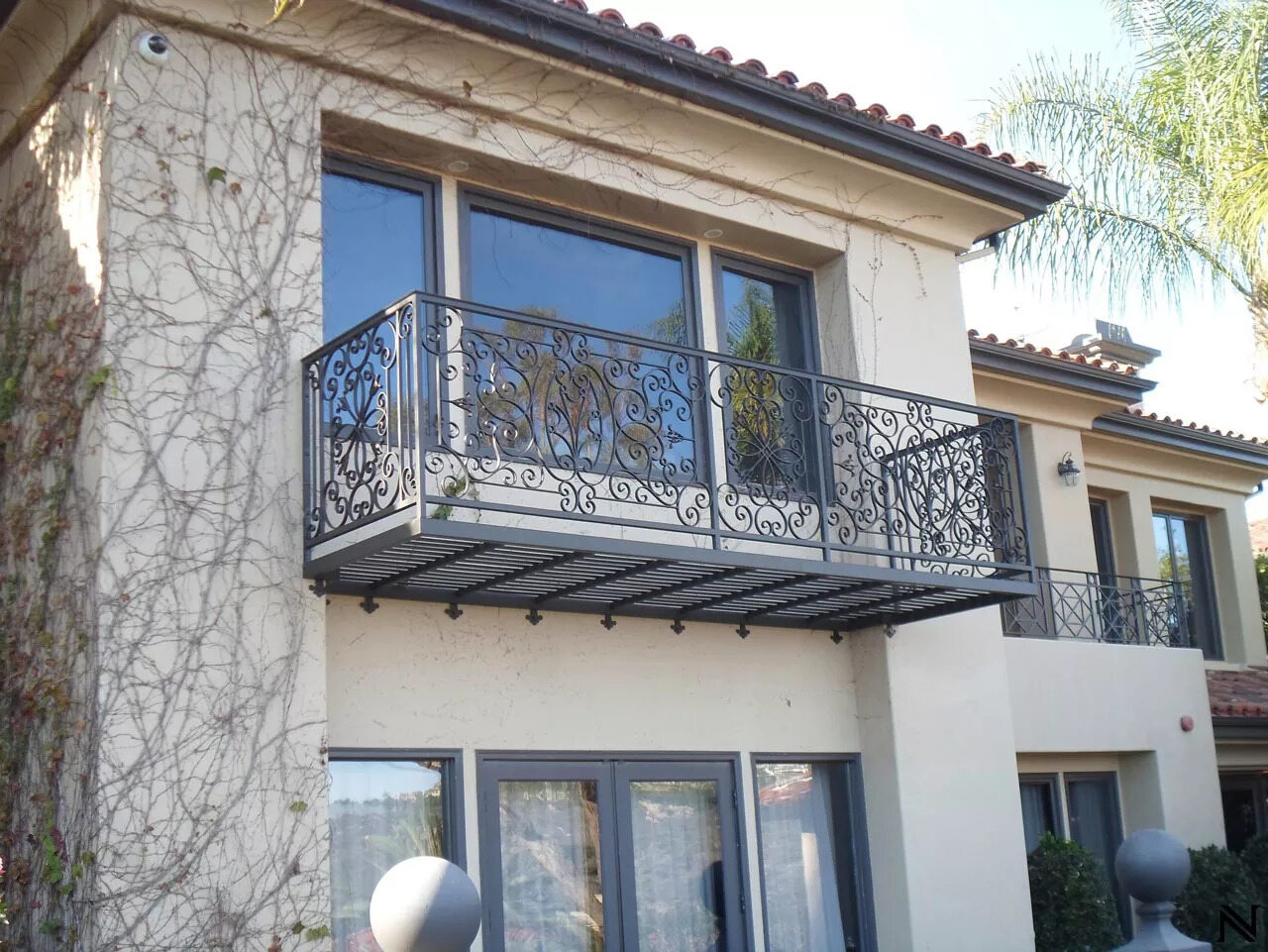
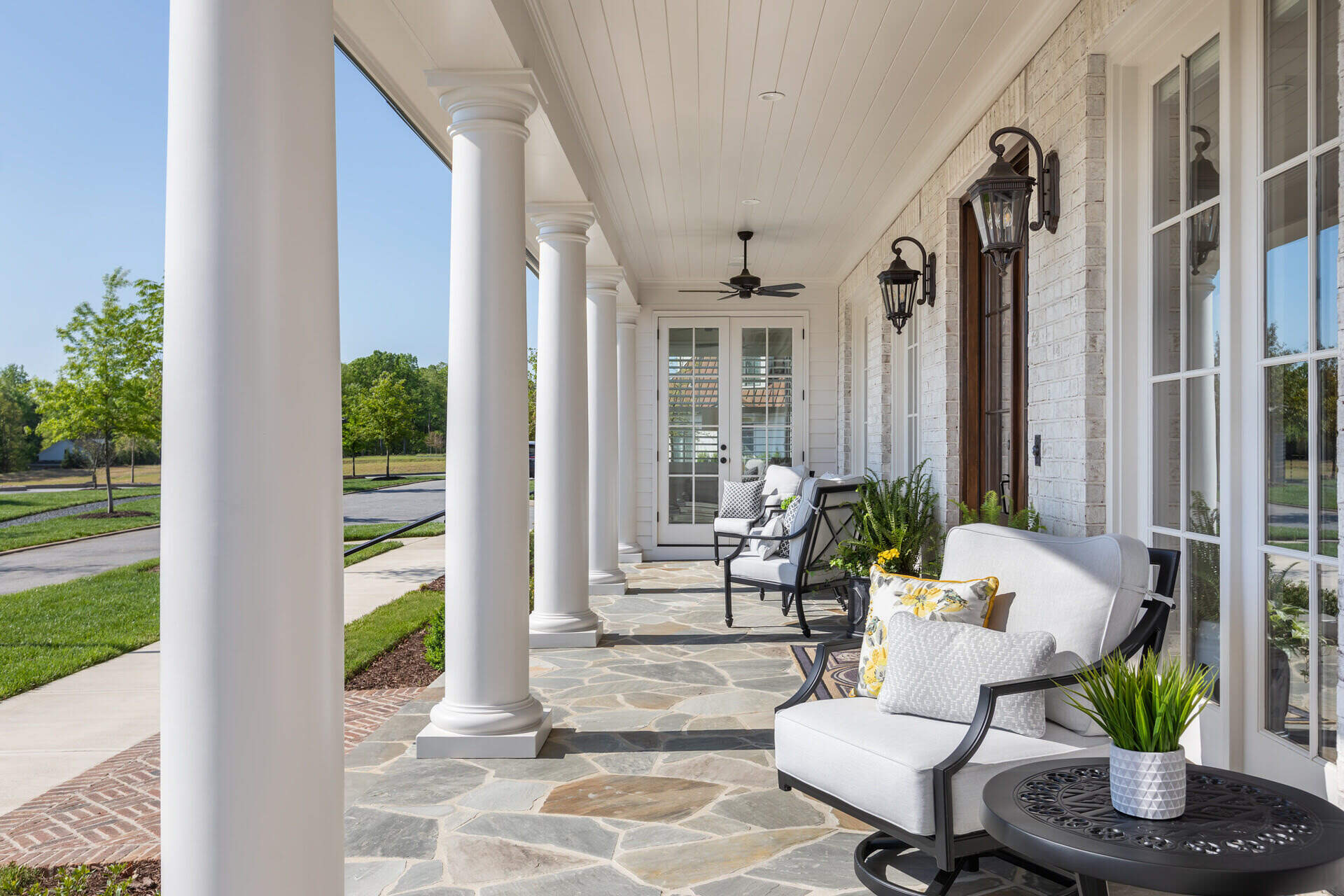
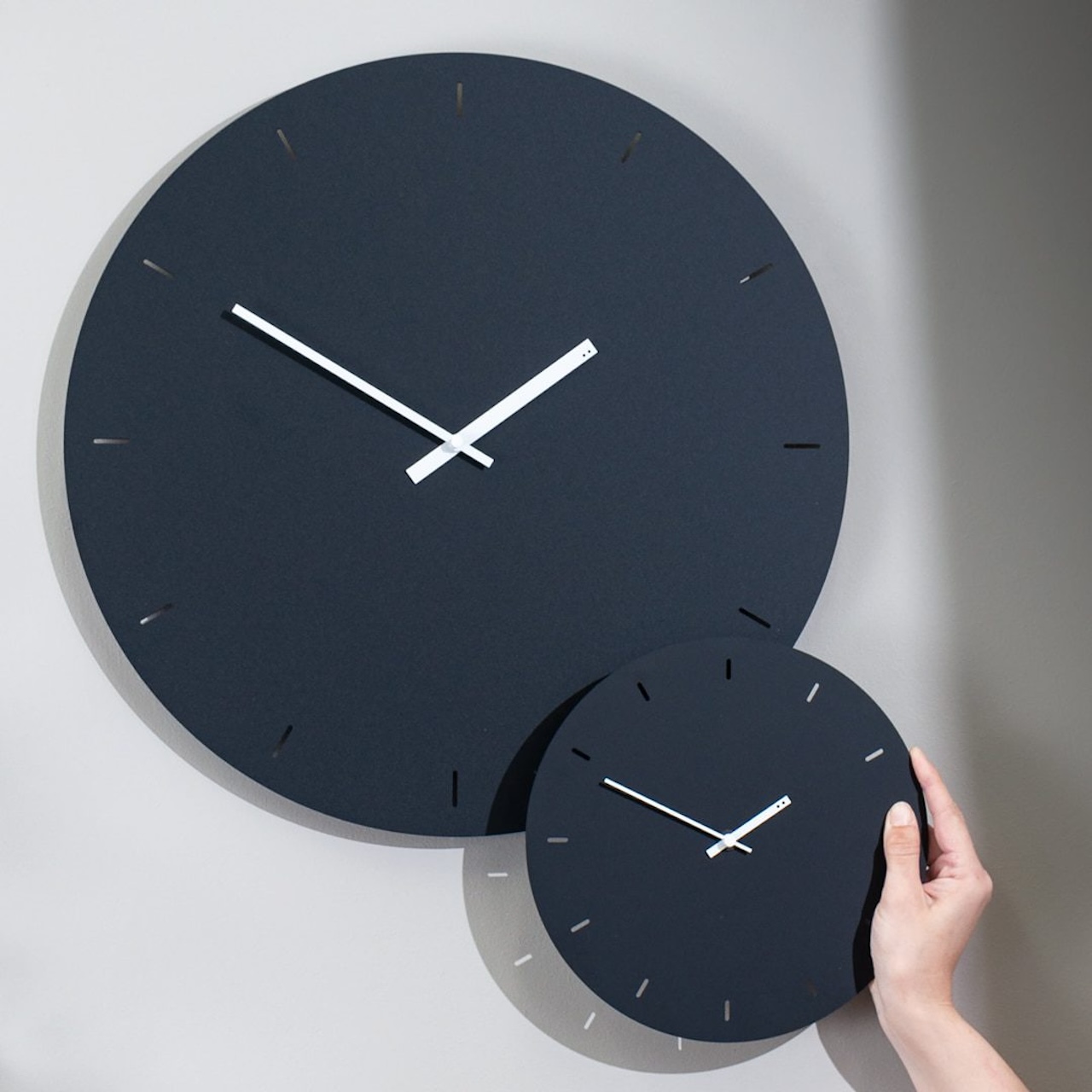


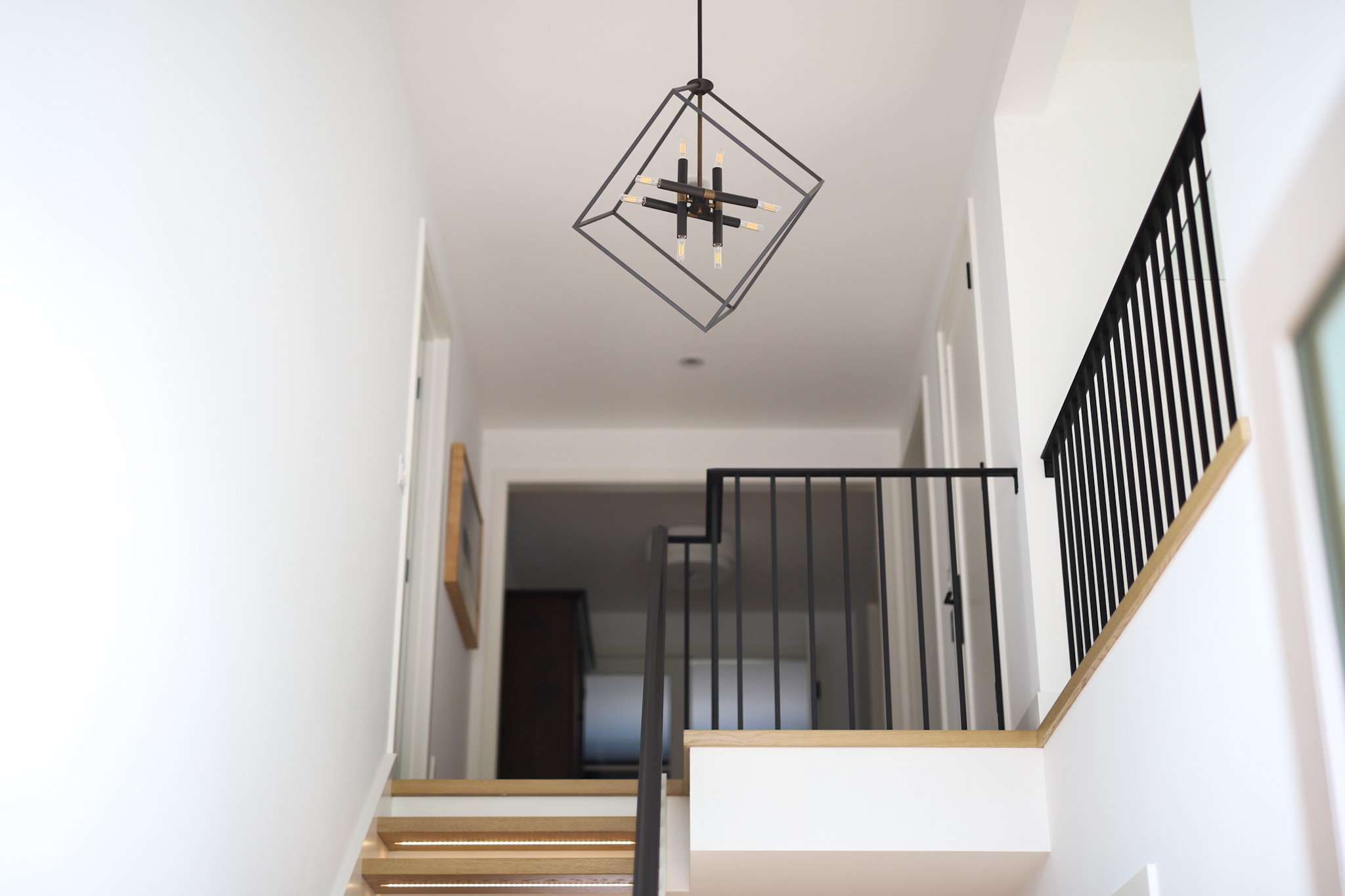

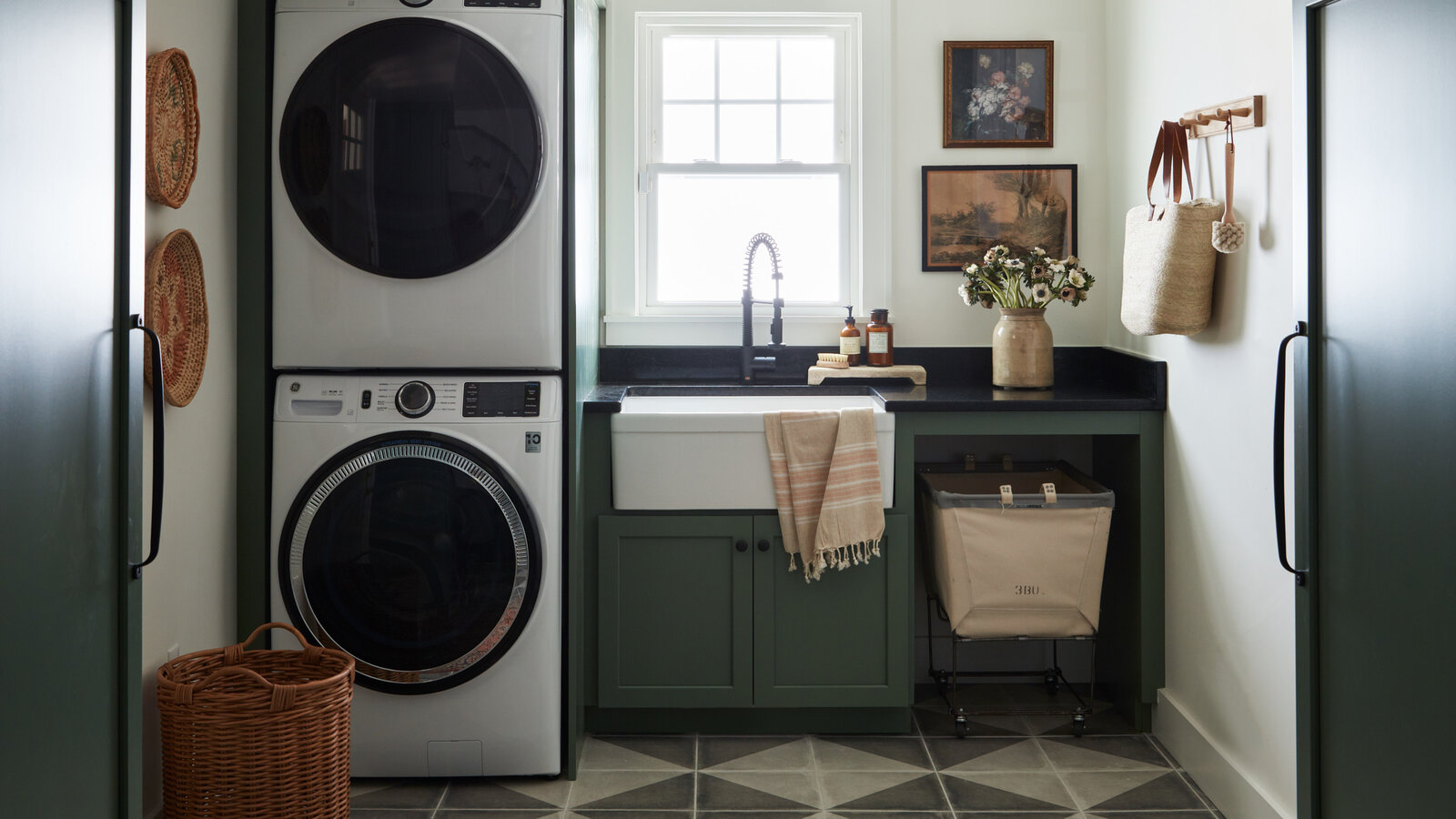




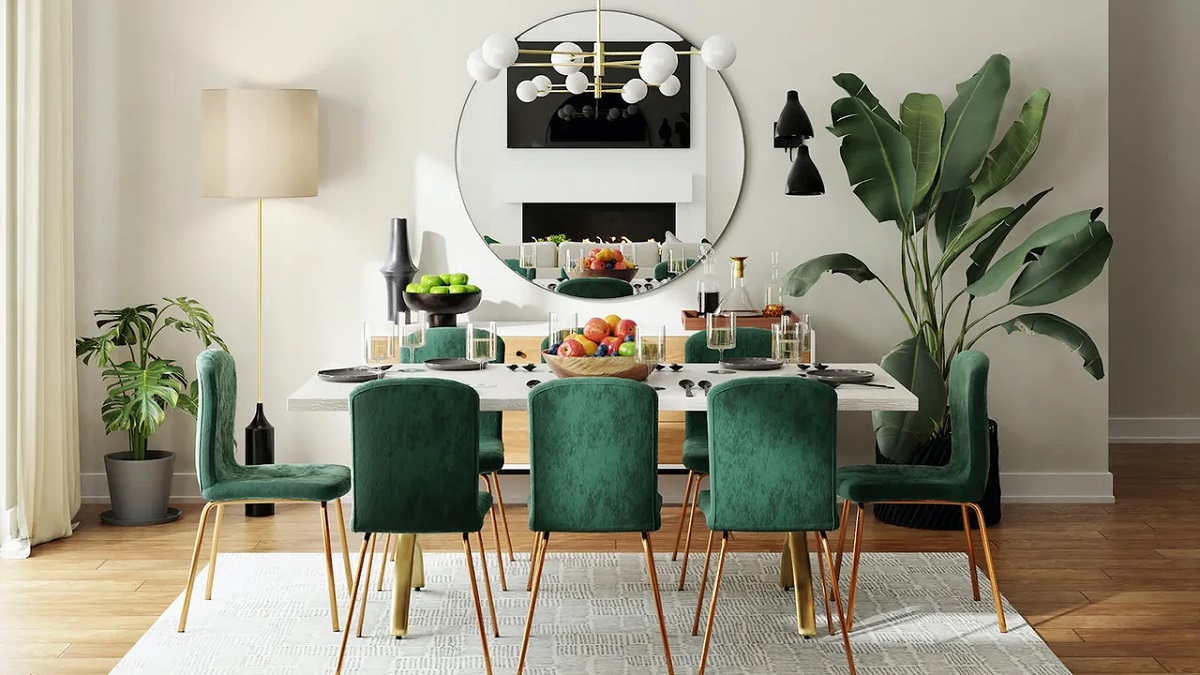

0 thoughts on “How Big Should A Balcony Be”